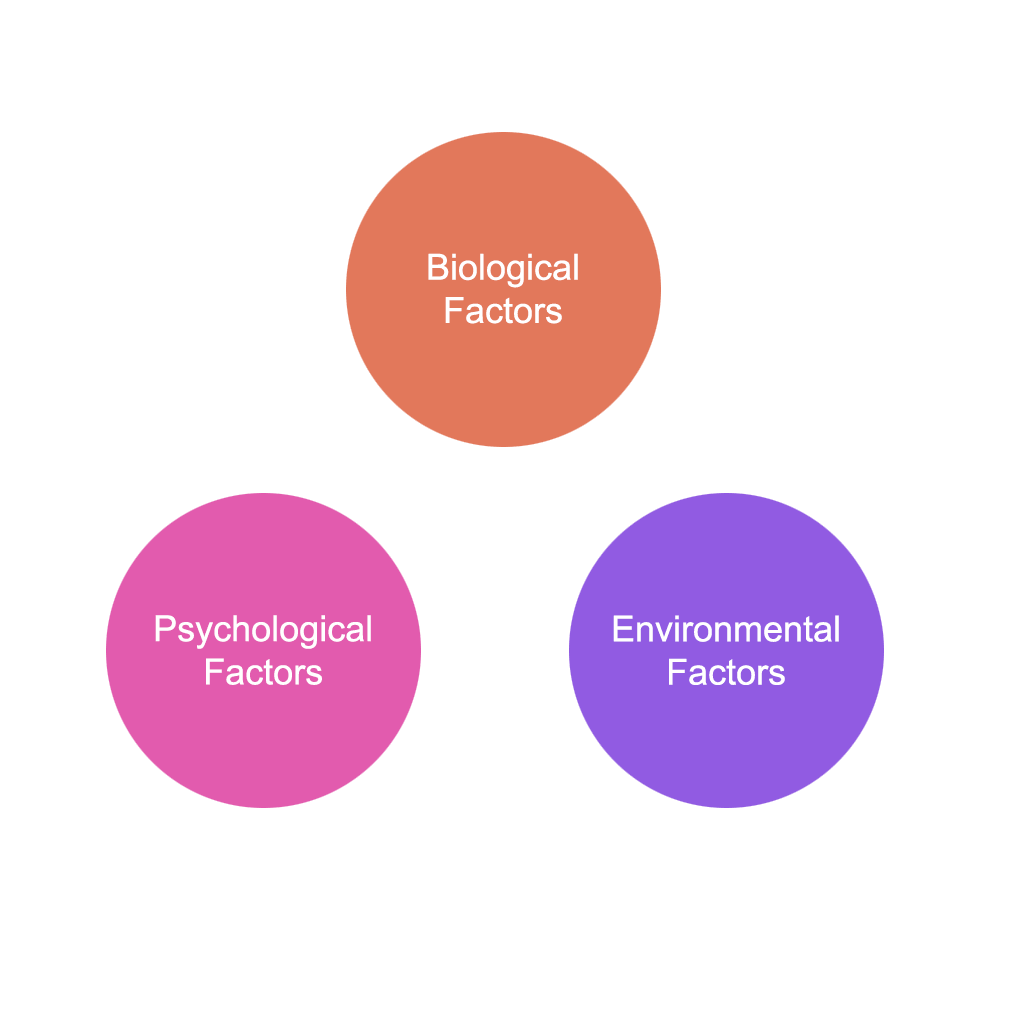Describe the salient features of Maslow’s theory of personality.
According to Abraham Maslow, human actions are motivated in order achieve certain needs. His concept of a hierarchy of needs suggests that people are motivated to fulfill basic needs before moving on to other, more advanced needs. This hierarchy is most often displayed as a pyramid. The lowest levels of the pyramid are made up of the most basic needs, while the more complex needs are
located at the top of the pyramid.
Needs at the bottom of the pyramid are basic physical requirements including the need for food, water, sleep and warmth. Once these lower-level needs have been met, people can move on to the next level of needs, which are for safety and security.
As people progress up the pyramid, needs become increasingly psychological and social. Soon, the need for love, friendship, and intimacy become important. Further up the pyramid, the need for personal esteem and feelings of accomplishment take priority. Like Carl Rogers, Maslow emphasized the importance of self-actualization, which is a process of growing and developing as a person in order to achieve individual potential.
Maslow believed that these needs are similar to instincts and play a major role in motivating behaviour. Physiological, security, social, and esteem needs are deficiency needs (also known as D-needs), meaning that these needs arise due to deprivation.
Satisfying these lower-level needs is important in order to avoid unpleasant feelings 9r consequences. Maslow termed the highest-level of the pyramid as growth needs (also known as being needs or B-needs). Growth needs do not stem from a lack of something, but rather from a desire to grow as a person.



